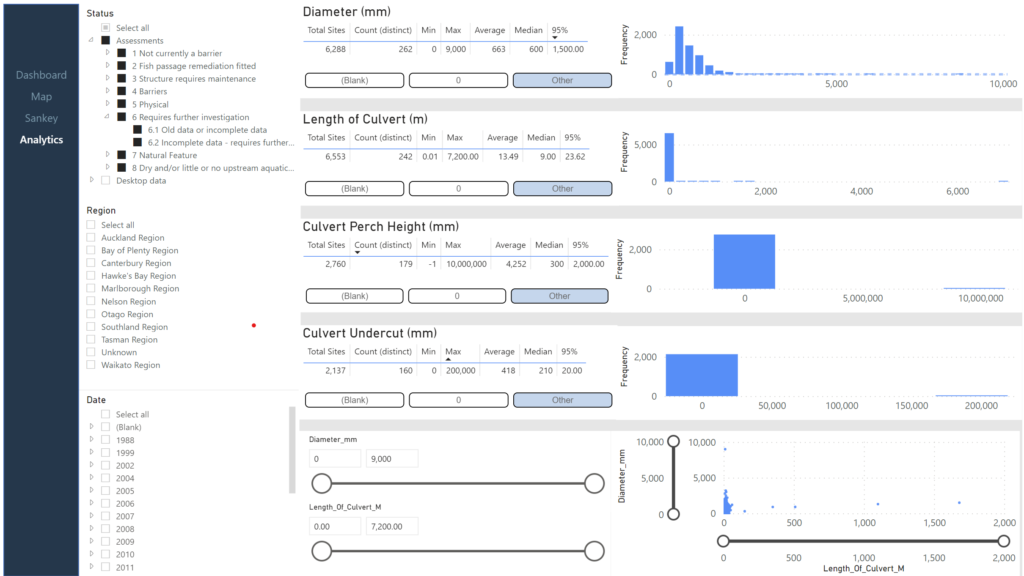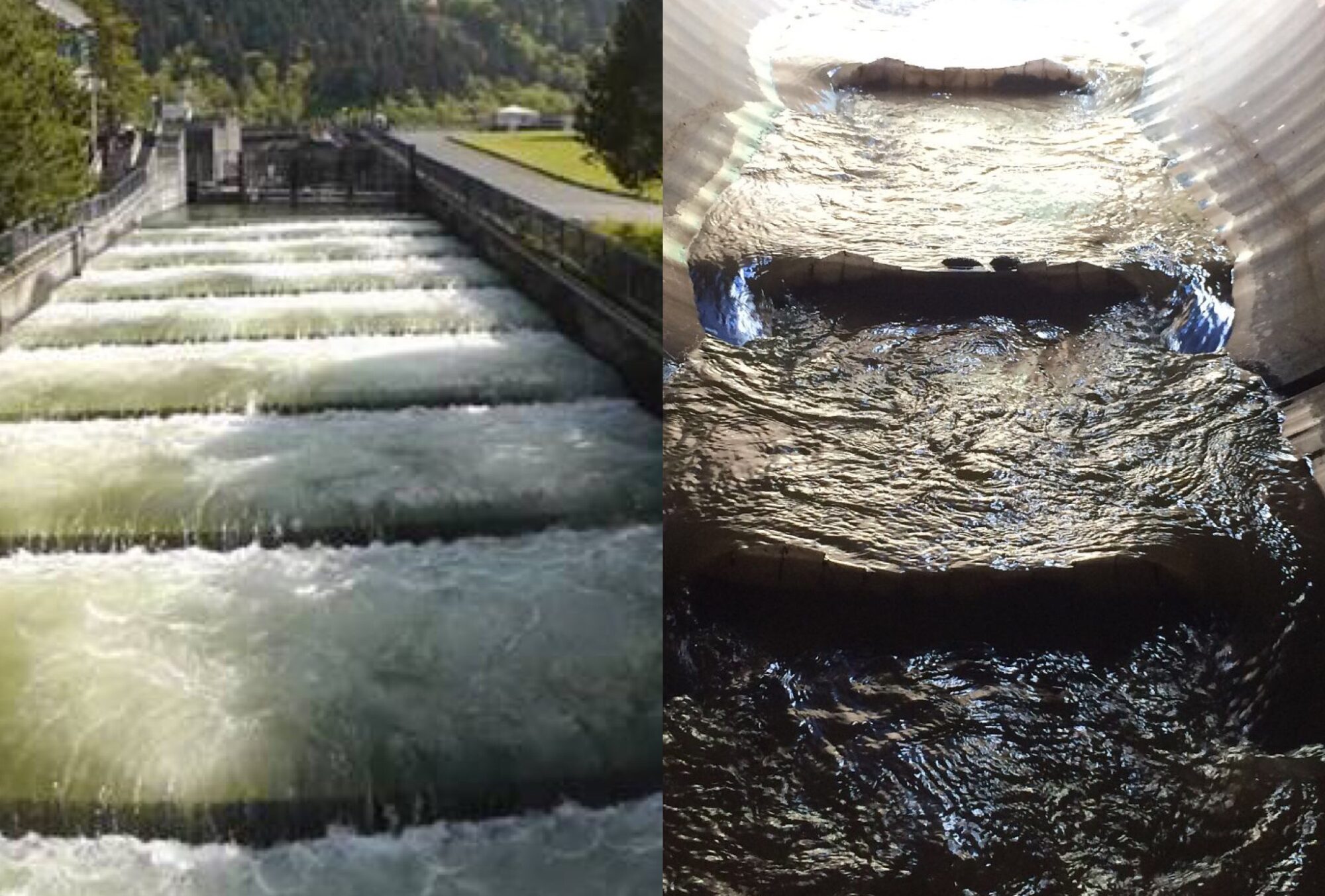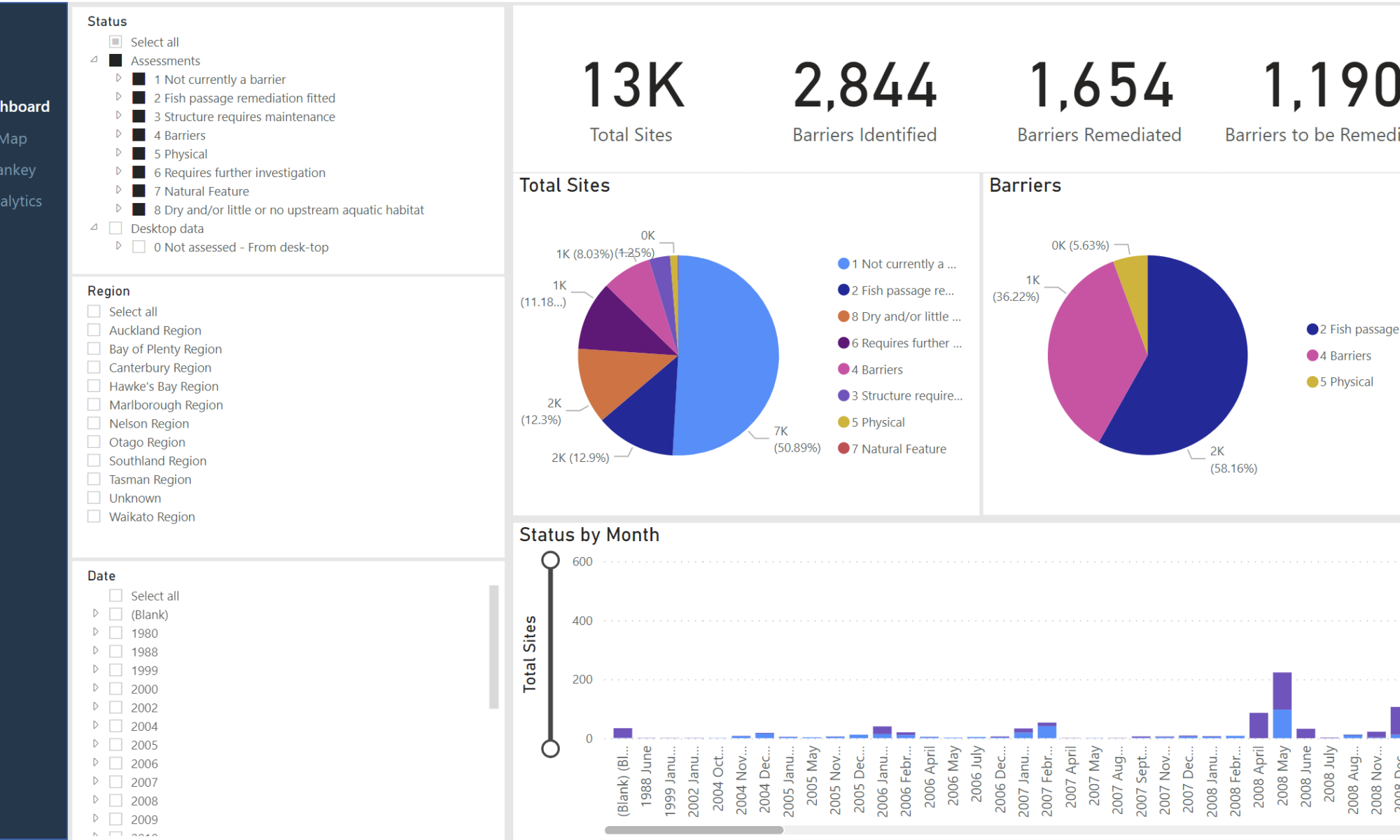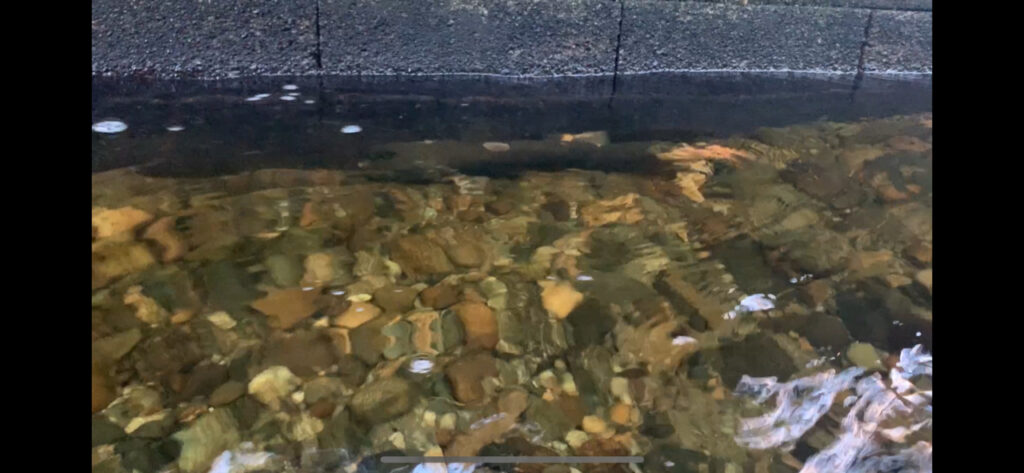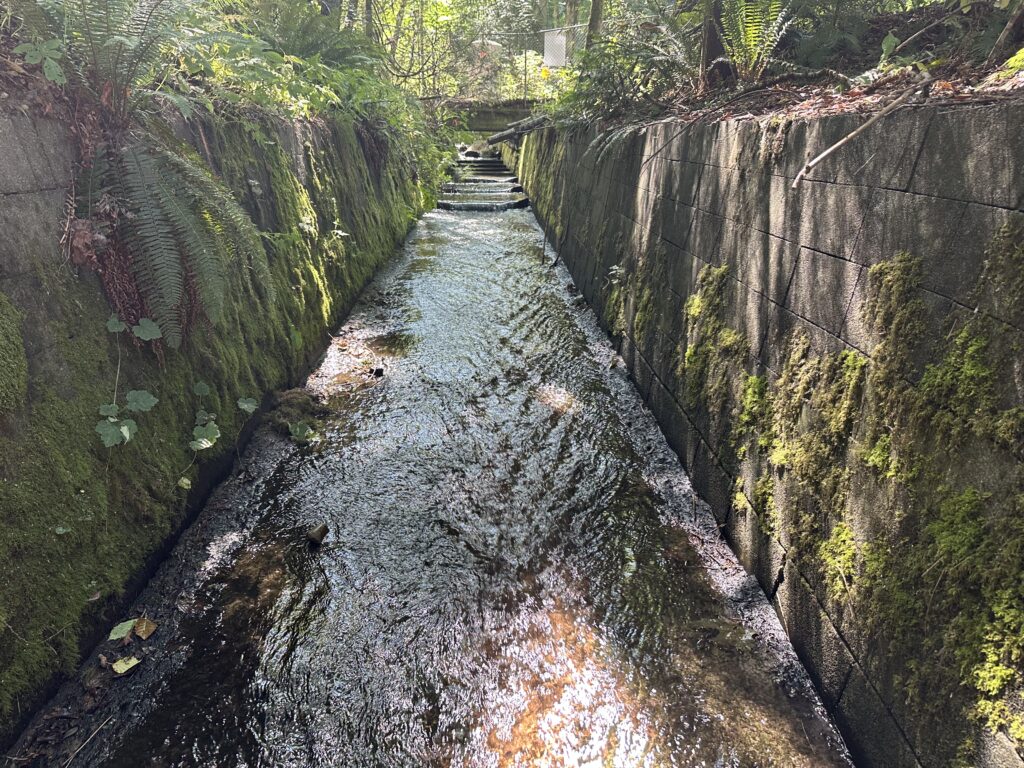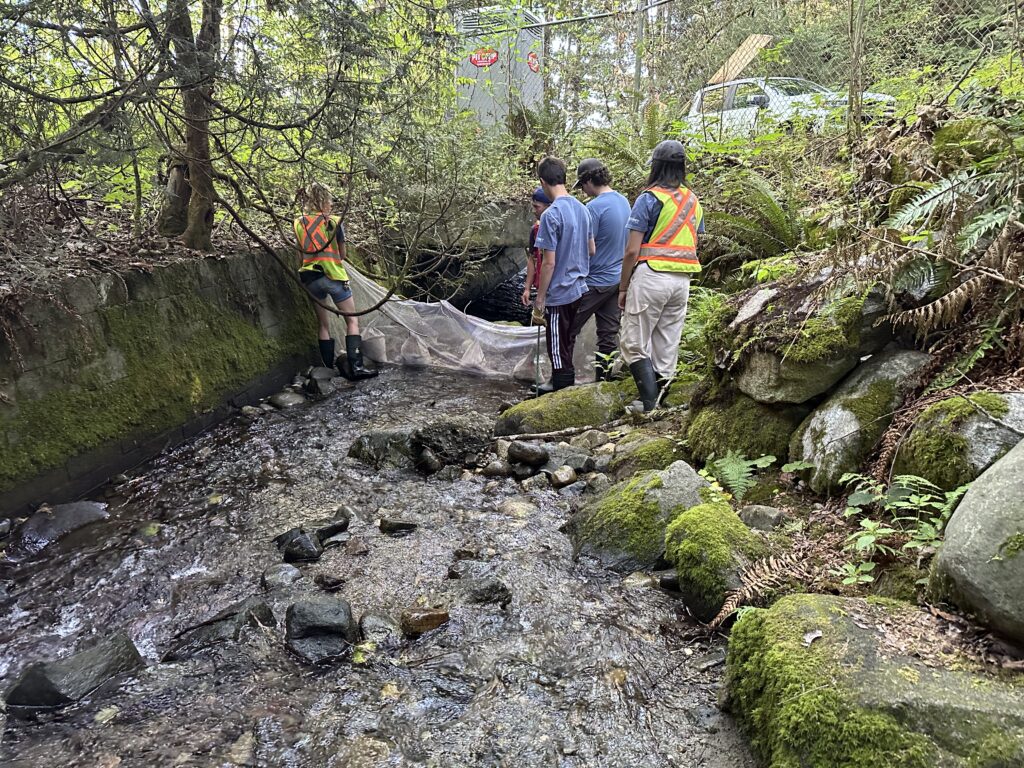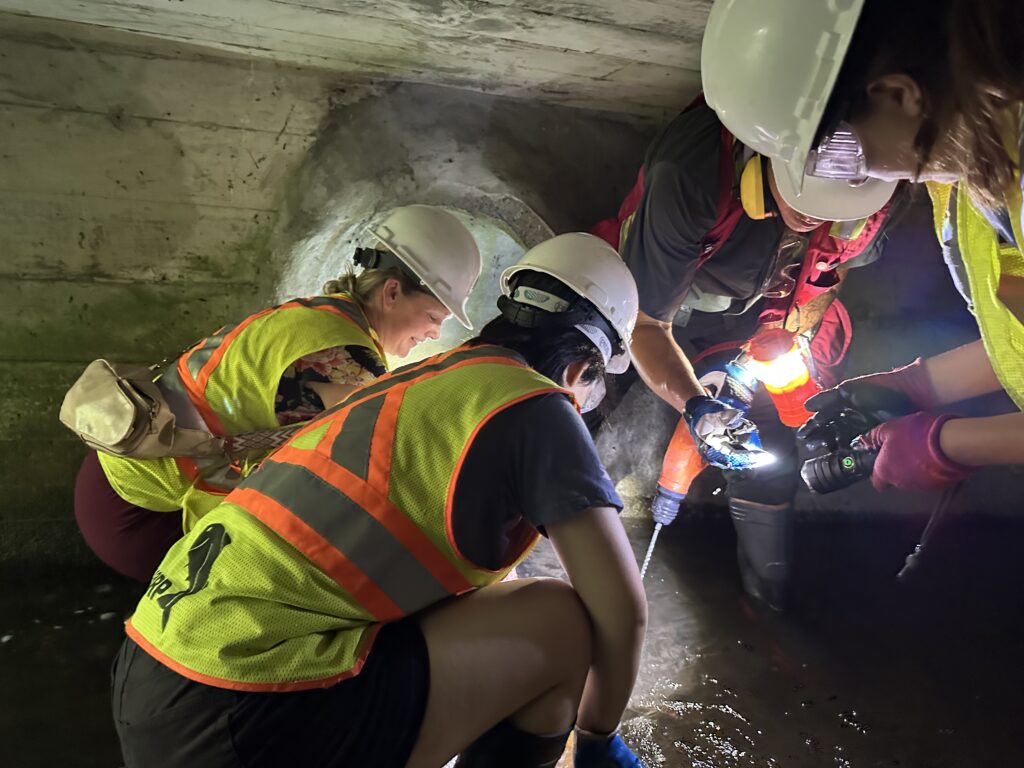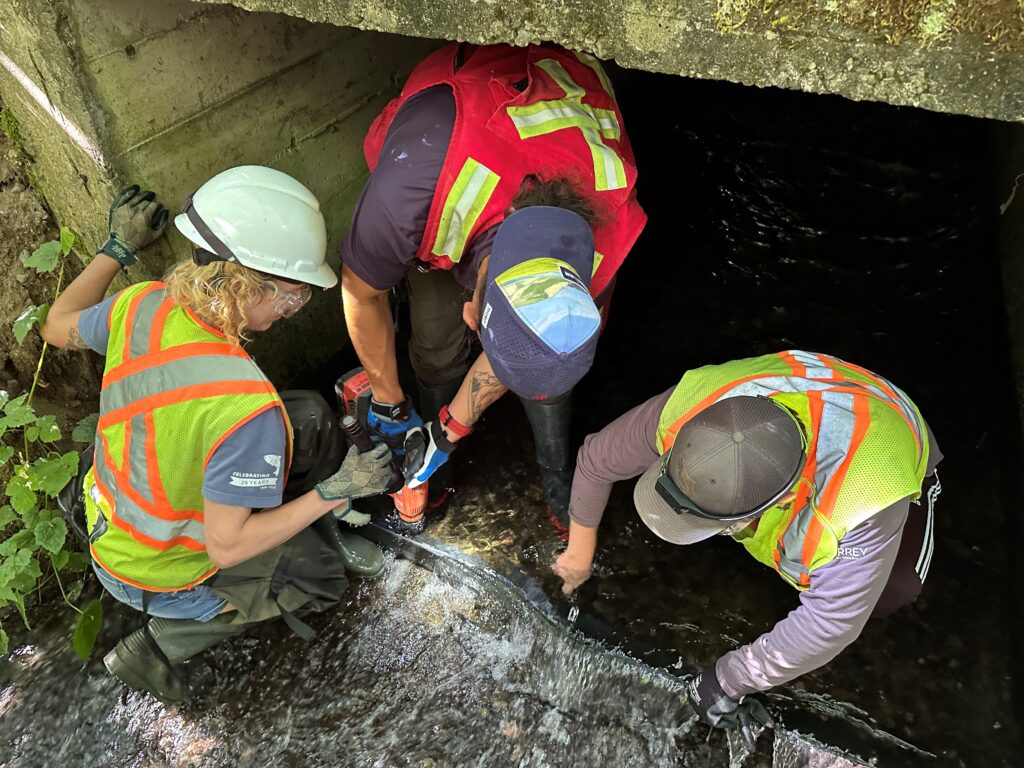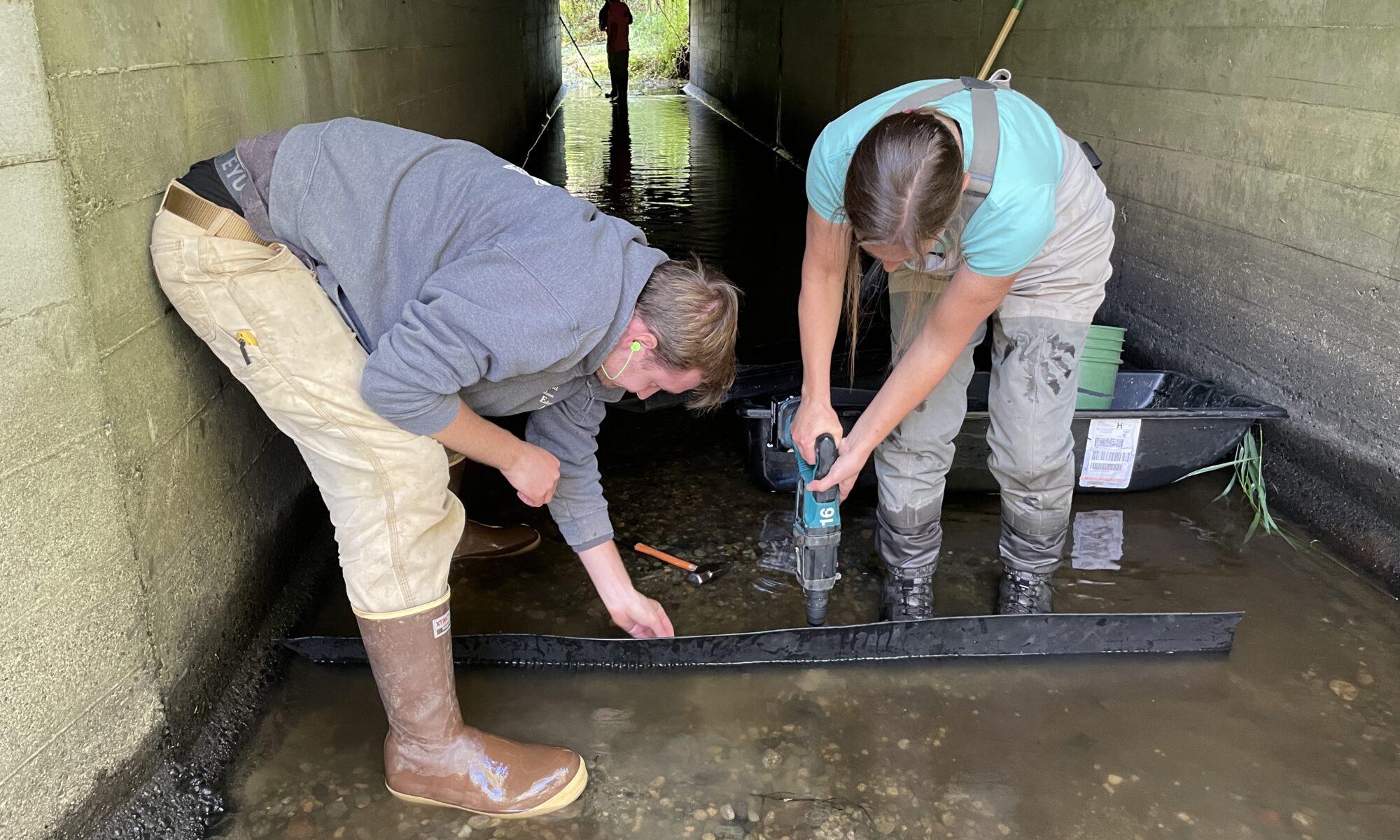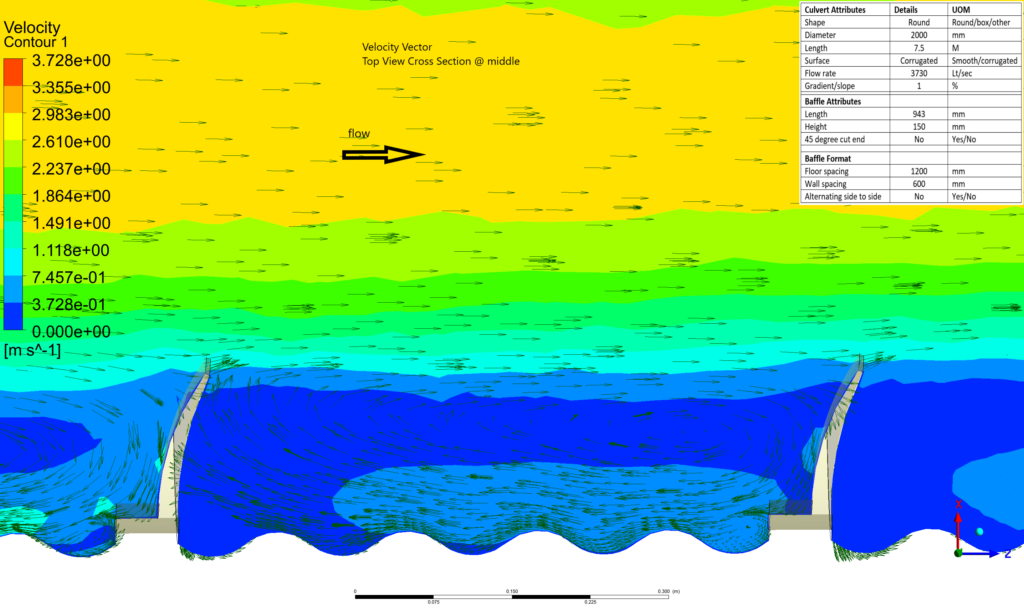Fish passage barriers are frequently managed on a case-by-case basis. Initially, barriers are identified, characterized, and then subjected to a prioritization scheme. The correction of these barriers typically occurs when funds become available. However, the sheer volume of projects renders this approach impractical. In response to this challenge, our colleagues in New Zealand have pioneered a program aimed at managing fish passage barriers at a watershed scale.
The Structures in Waterways management program, developed by ATS Environmental, integrates a field collection component with a desktop management interface, enabling users to collect and manage data on fish passage barriers. This program operates using commonly utilized GIS and database management software, facilitating seamless integration with existing culvert management programs. Furthermore, it allows users to plan, estimate costs for barrier solutions, and generate reports on the status of barriers at a watershed scale.
The initial step involves uploading existing fish passage barrier information into the database. Newly identified and characterized structures are automatically uploaded to the database through a cloud connection using a field app. Following this, algorithms are employed to prioritize and sort the barriers within the list. The desktop dashboard then provides users with four summary displays, presenting the number, location, and status of the barriers.
Finally, users have the capability to generate reports that estimate costs and schedule barrier remediation. These reports serve as valuable tools for planning future actions or reporting progress to higher levels of authority, showcasing the efforts undertaken to enhance fish passage on a watershed scale.
How We Use the Structures in Waterways Database to Manage Fish Passage Barriers in New Zealand
Here is a summary video of how the Structures in Waterways program is used in New Zealand to manage fish passage barriers on a watershed basis.
Structures in Waterways Field Application
These are three screen shots demonstrating the Structures in Waterways field app. The user collects the necessary information which is then automatically uploaded to the desktop application.


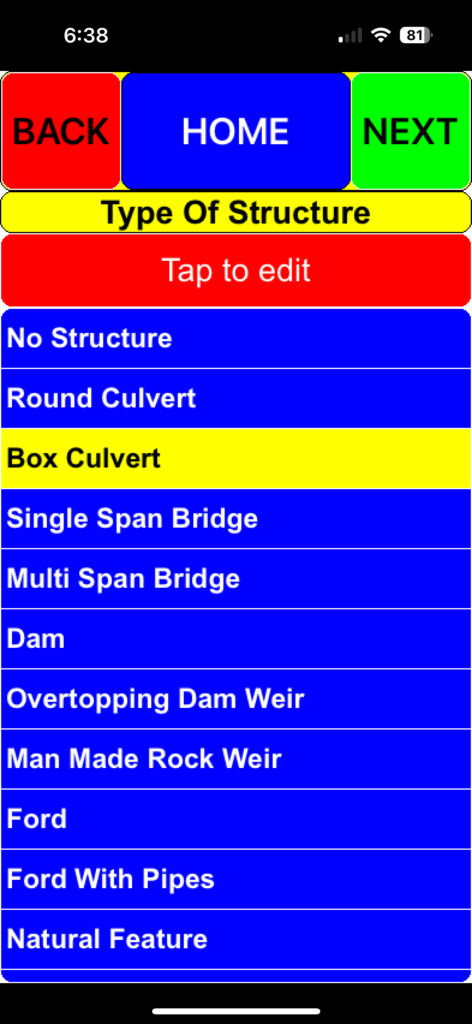
Structures in Waterways Desktop Application
This summary screen allows the user to see the number and status of all the fish passage barriers in a geographic area.

This screens allows the user to see the location and status of all the fish passage barriers in a geographic area.
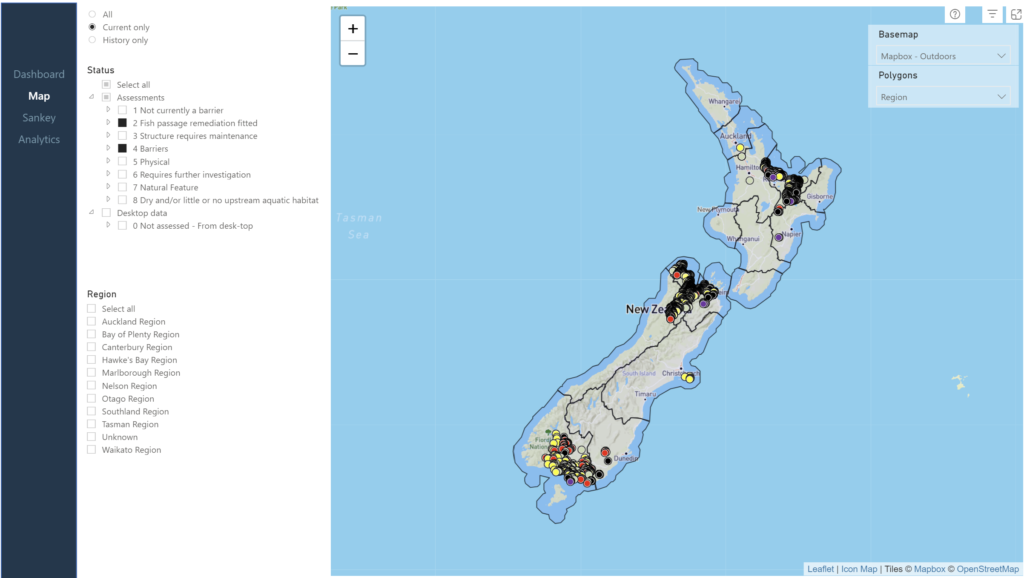
This screen allows the user to graphically see the status and progression of fish passage barrier assessment and remediation.
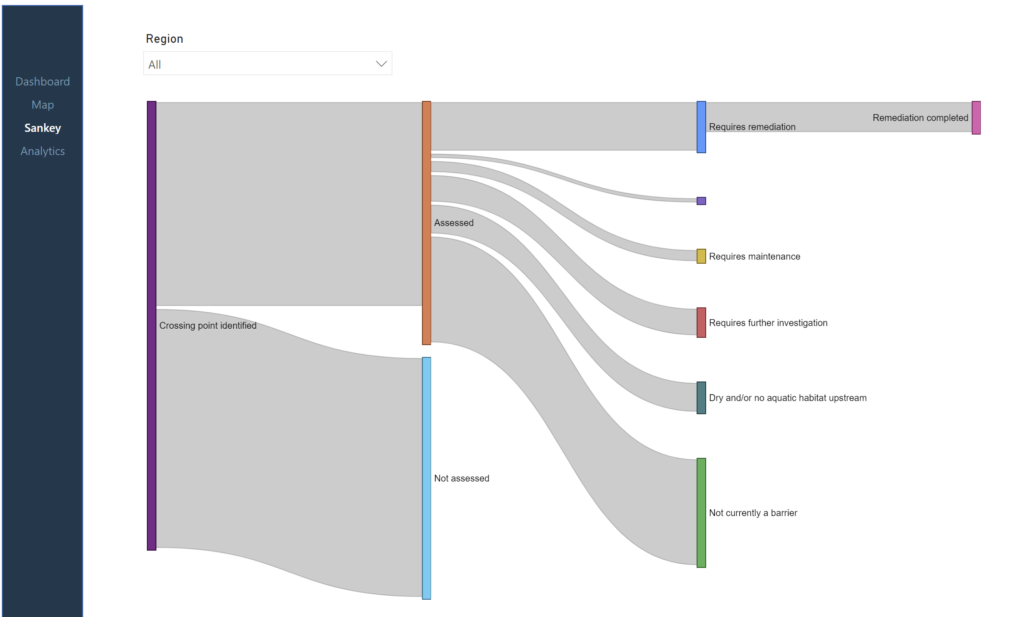
This screens allows the user to see the particulars of fish passage barreriers on a watershed scale.
